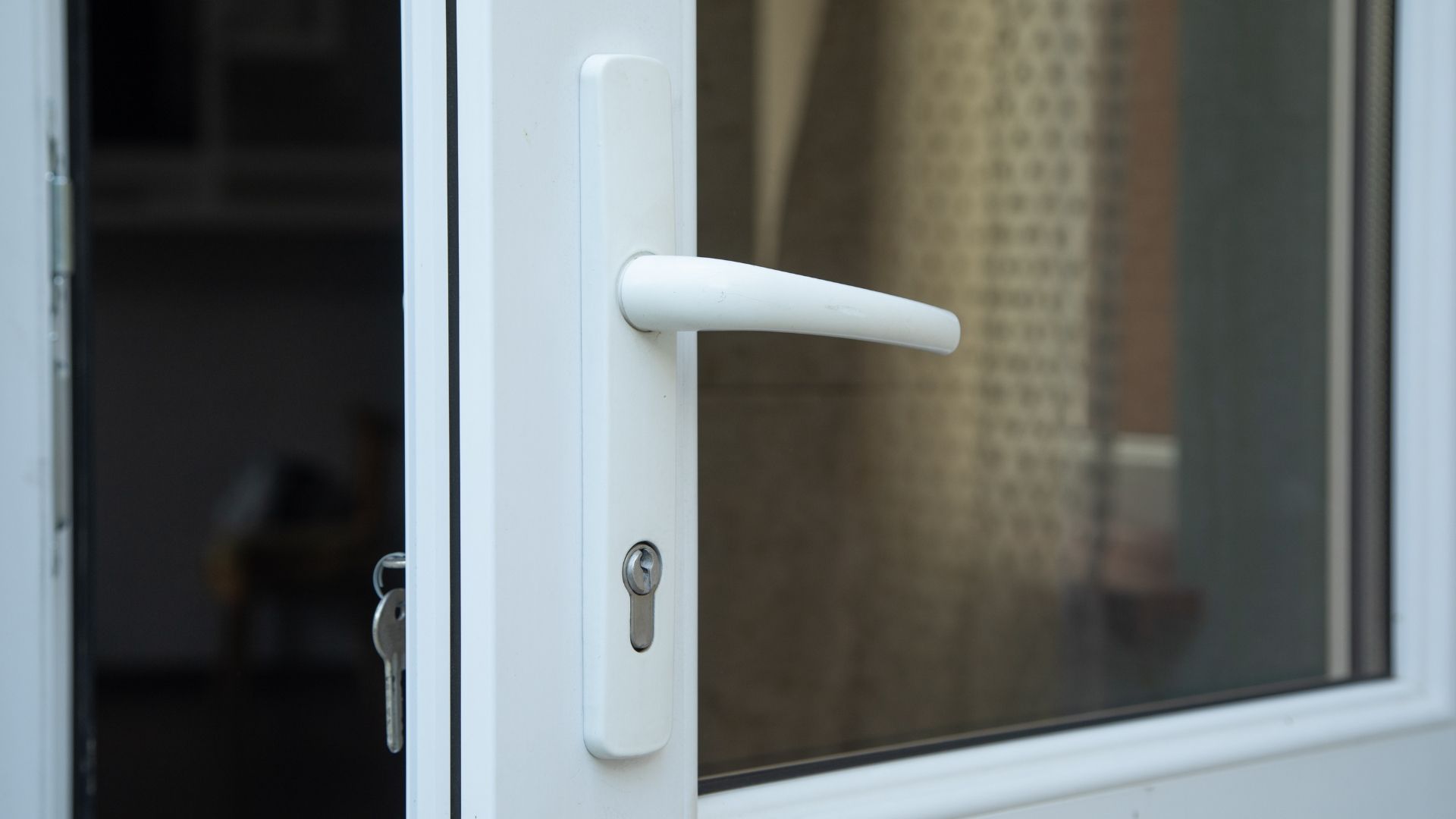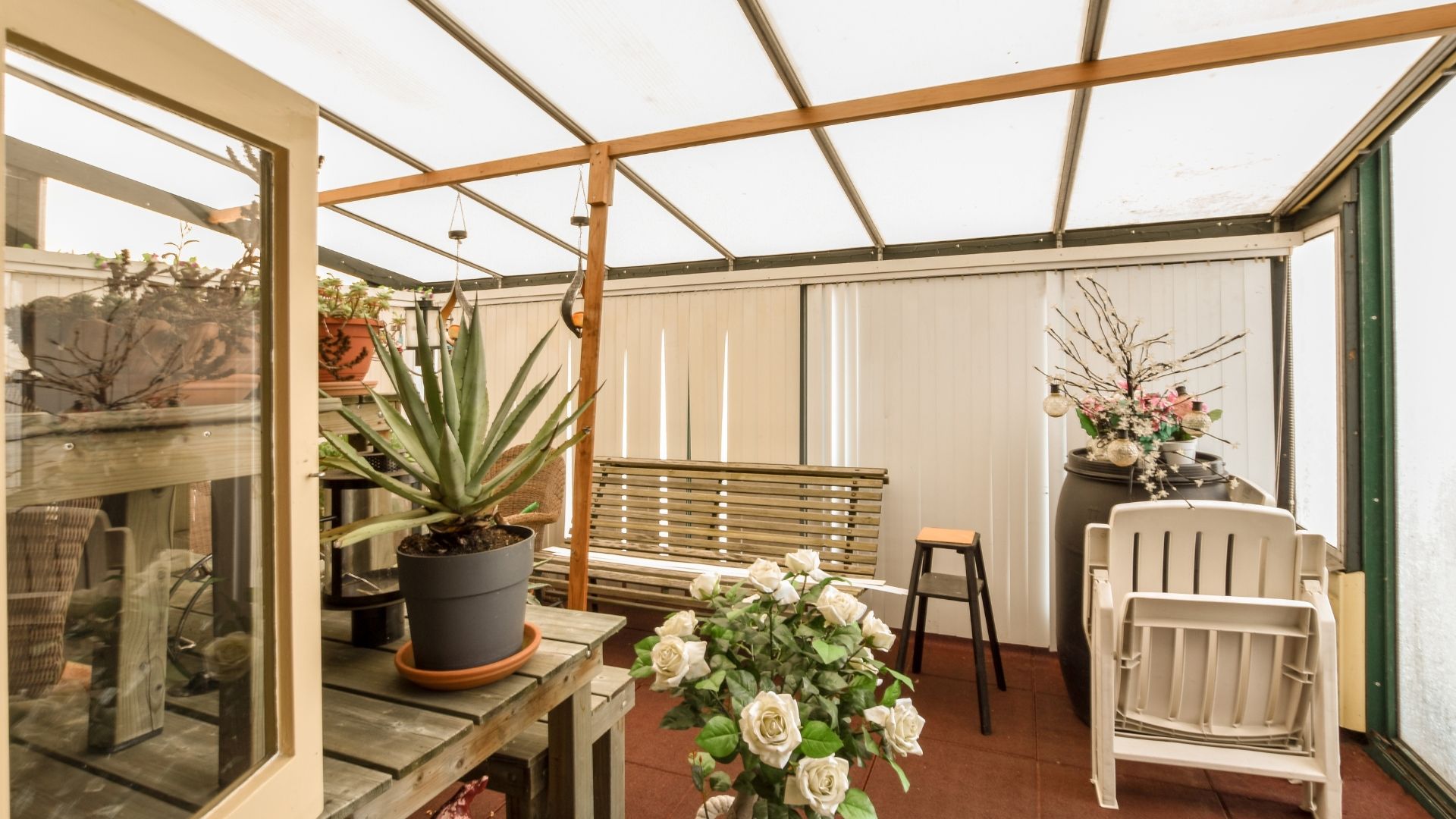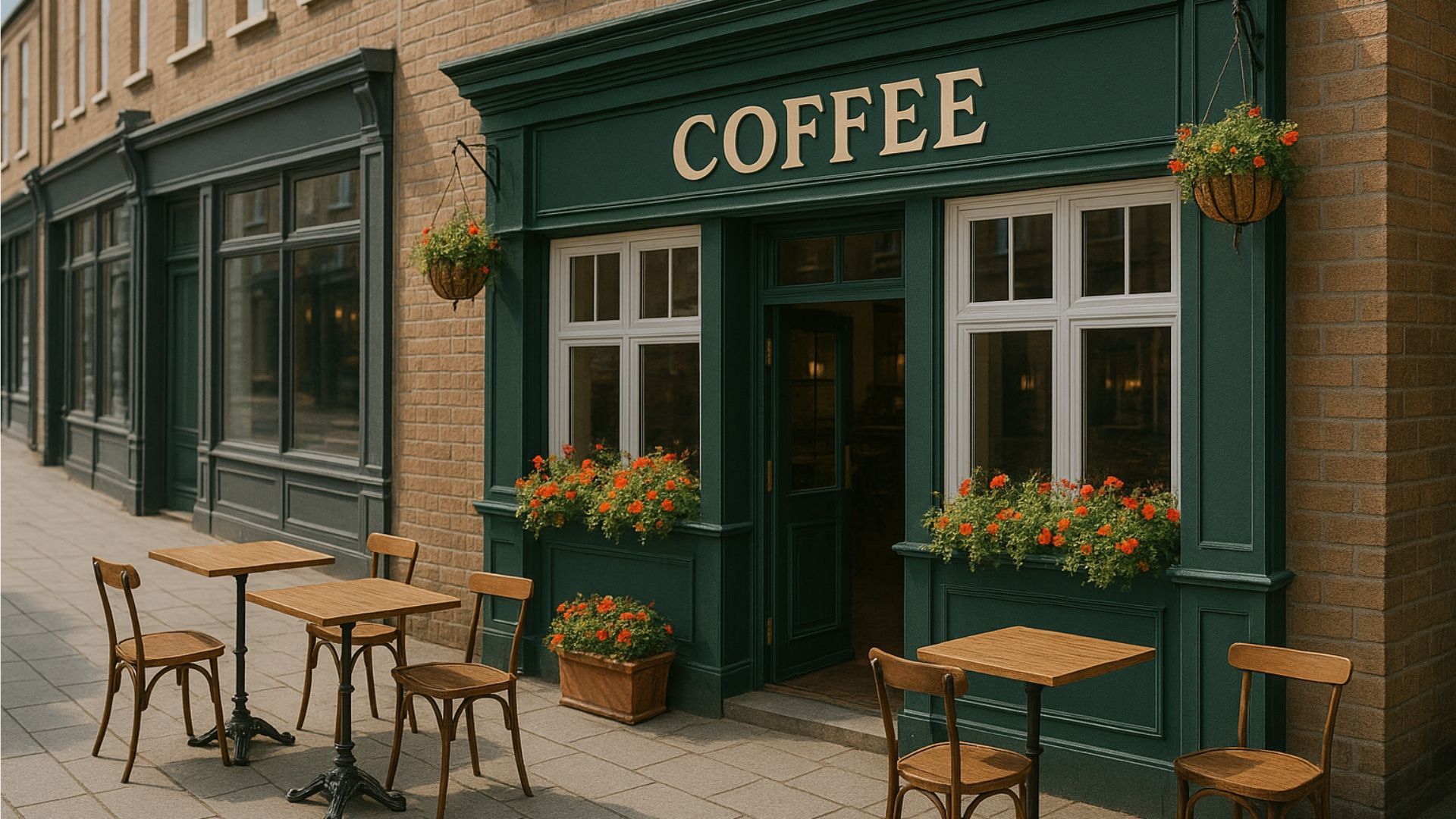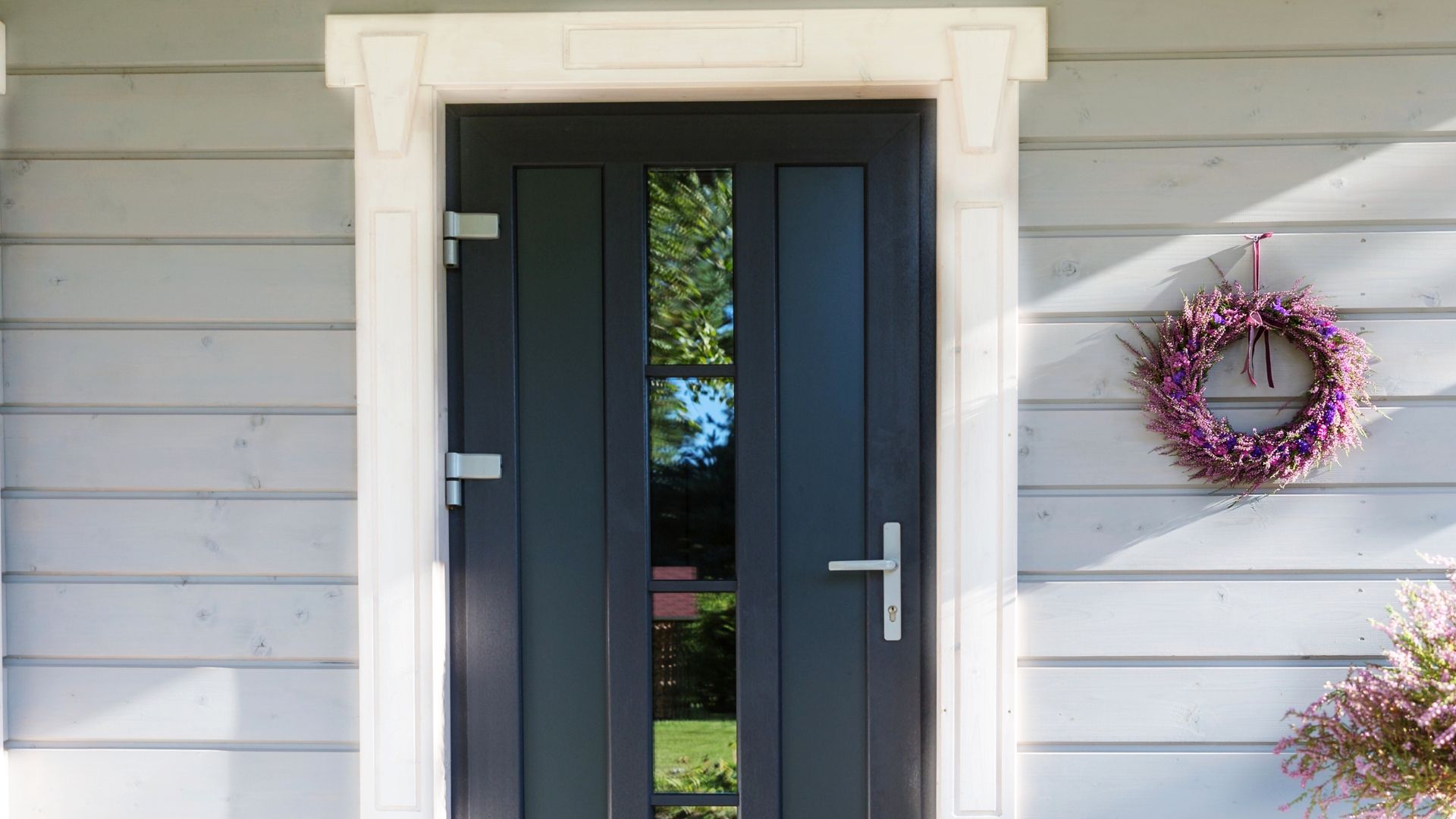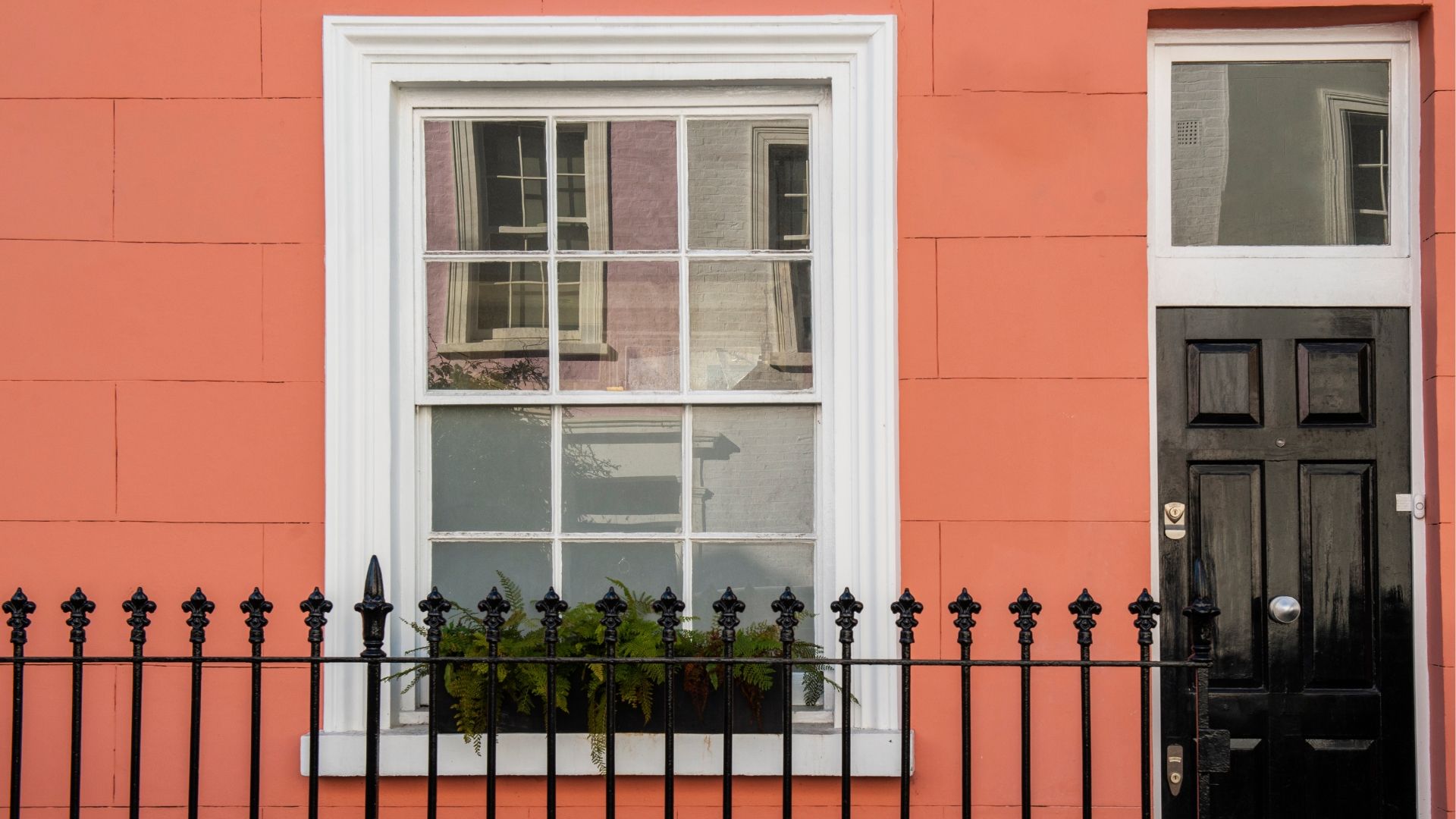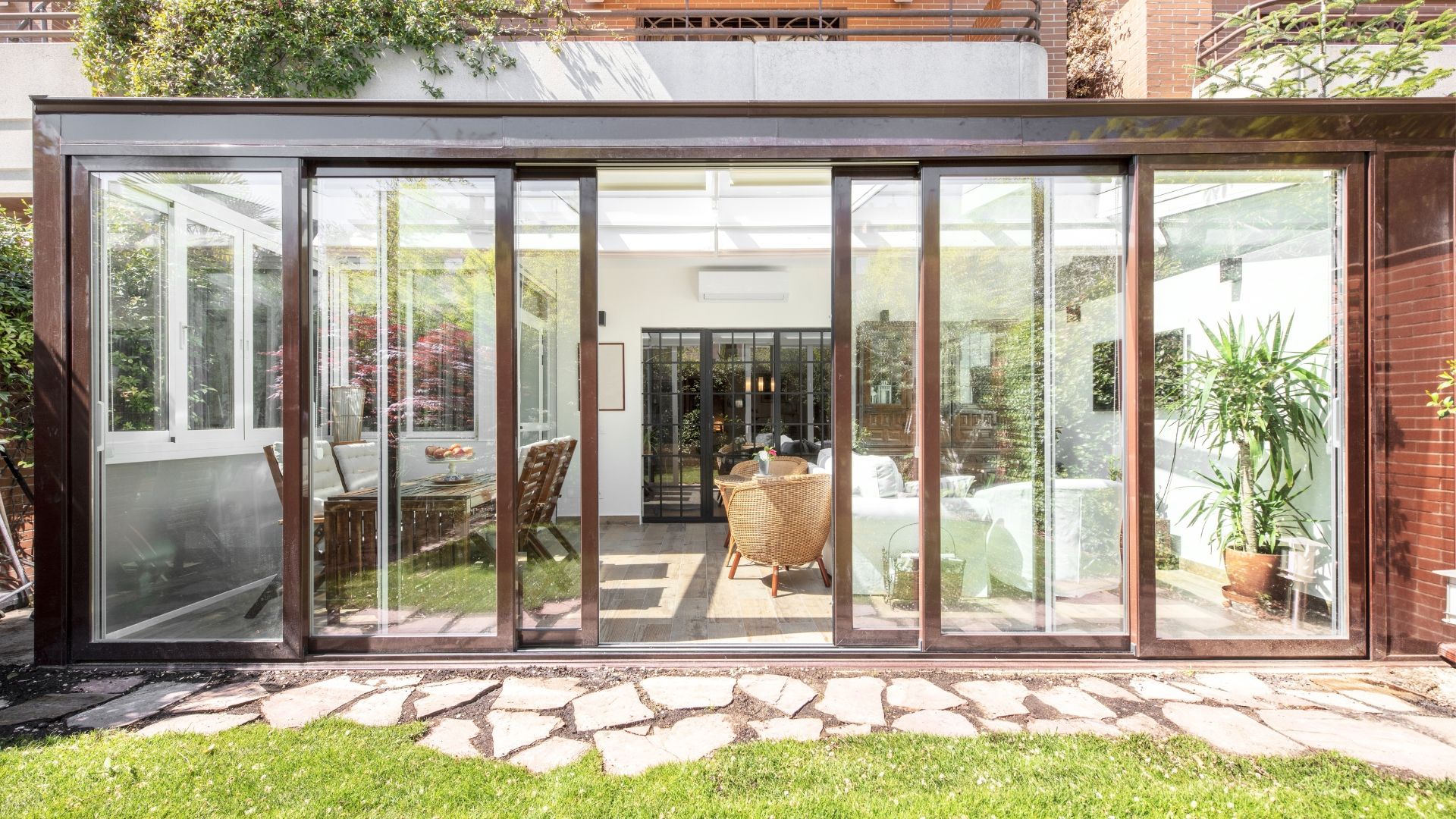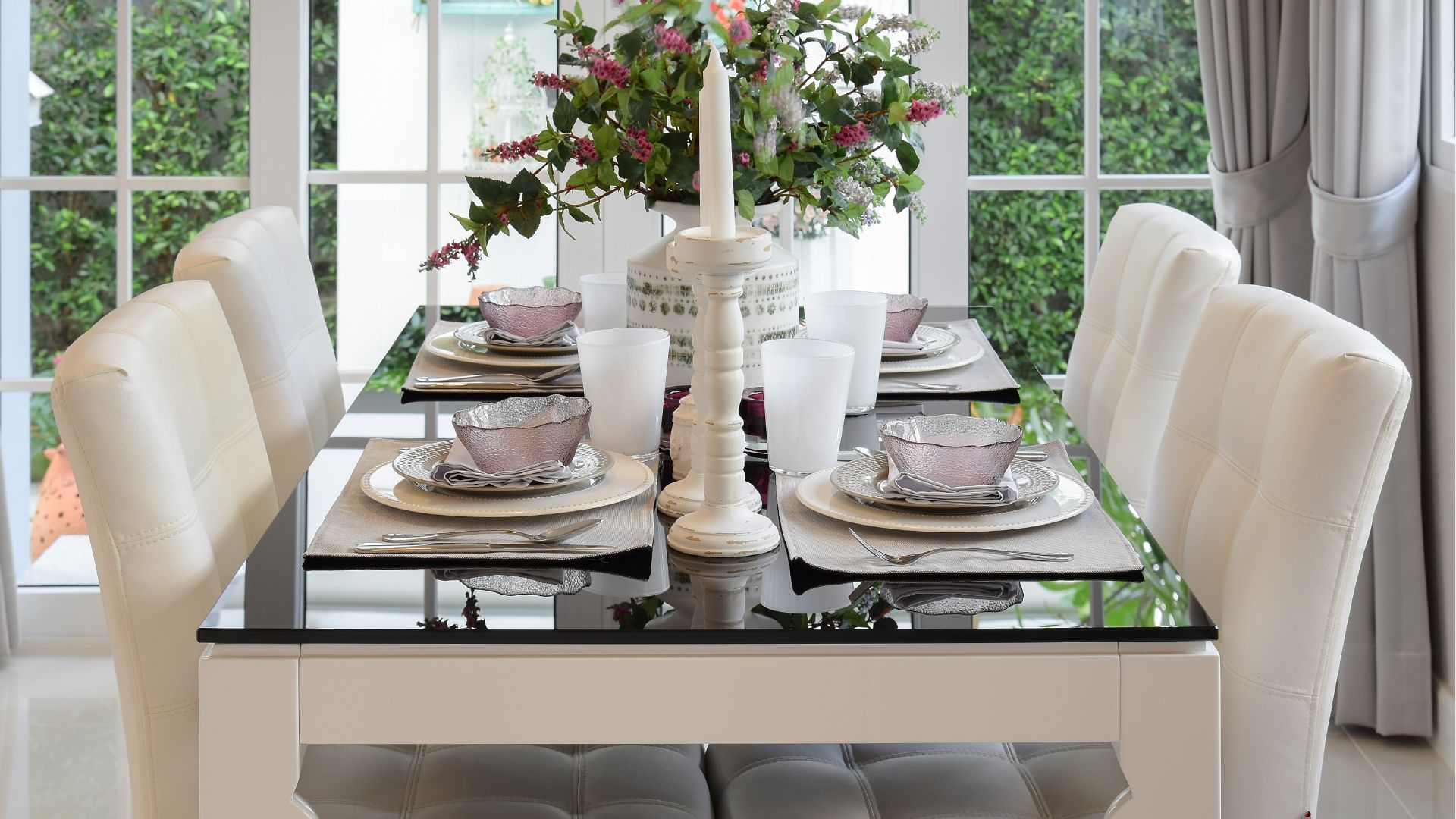When did we start using doors?
Wondering when we first start using doors? Get the answer and learn some fascinating door history facts.
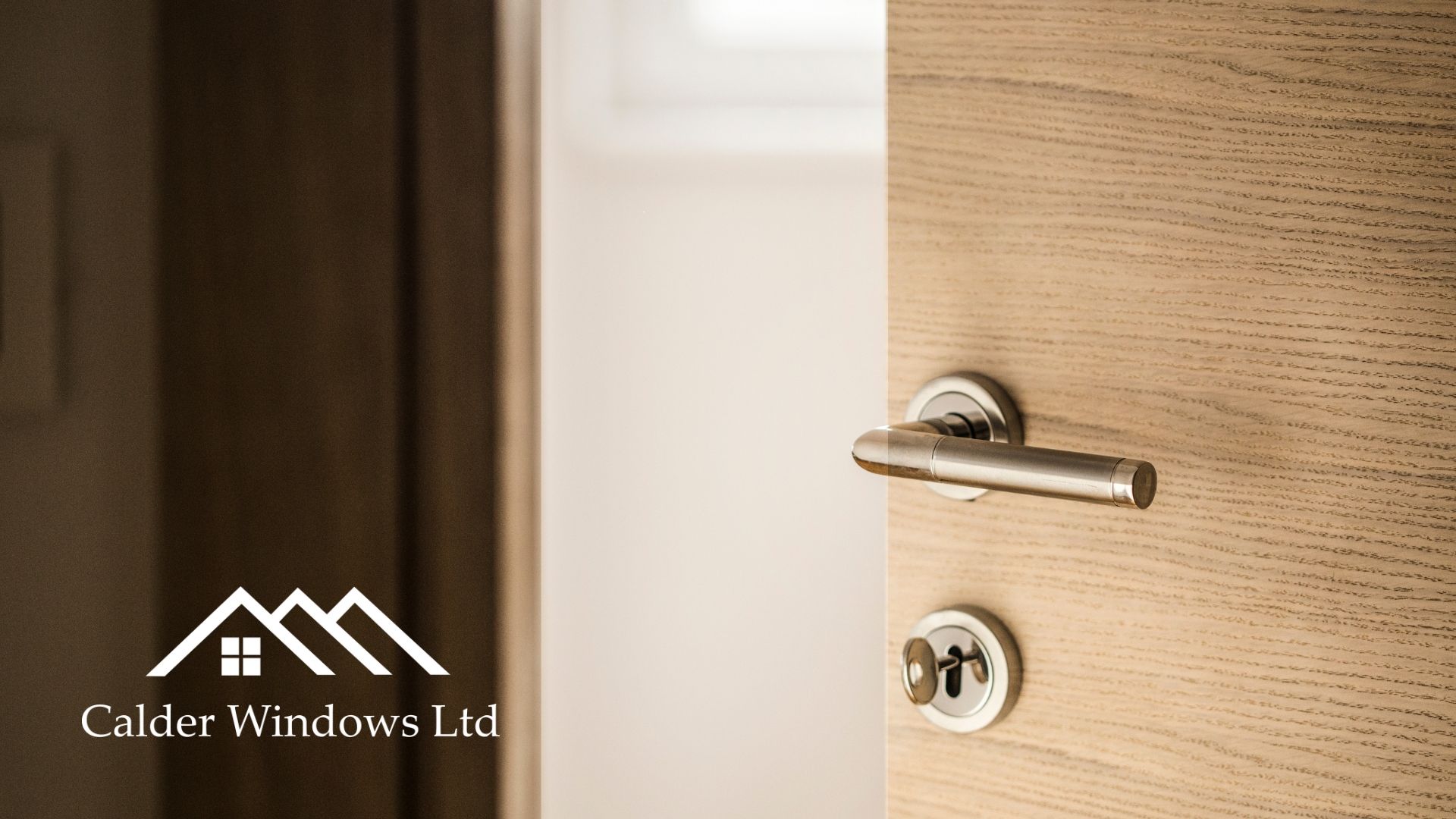
In a doorless world, there had to be one human brave enough to dream. To dream of a world where they could shut strangers out of their personal space in one swift movement. Slam!
But when did that become a desirable idea? When did we start using doors? And were the first doors different to the doors we use today?
Keep reading to find out.
Did cavemen have doors?
Cavemen and cavewomen didn't use doors, but they did use door frames in the latter part of the Stone Age. Or, at least, they look a bit like door frames to our modern eyes.
Yes. When our ancestors gave up their nomadic lifestyle, they started building frames using materials like stones, wood and animal skins.
And who knows? Perhaps they chose the prettiest skins and shiniest stones to give it a touch of decorative appeal while they were at it.
The first door
History's first recorded doors can be seen in 4,000-year-old Egyptian tomb paintings. These so-called "false doors" appear to have single wooden panes. Some were drawn with one opening, while others resemble double doors.
In case it wasn't clear, false doors are not doors. They're pieces of decorative wall art that are meant to look like doors but not act like doors. A trick of the eye – similar to the trompe-l' œil paintings of the Baroque era.
Since they often appear in tombs, it's thought that false doors represented gates to the afterlife for the deceased.

So, we don't know who invented the door. But if the ancient Egyptians were painting false doors, they must have been using real doors.
Otherwise, it would be like inventing Quorn before realising that meat was a thing. Not likely.
The second door?
Around 13 years ago, archaeologists in Zurich unearthed one of the oldest doors ever found in Europe, dating it at 5,000 years old. This was around the time construction began at Stonehenge.
The door was made of poplar wood and was in good condition with well-preserved hinges.
At the time, the weather would have been harsh, with cold winds blowing across Lake Zurich. Doors like this would have helped keep out the chill.
More famous old doors
By biblical times, doors were firmly established in the Middle East. King Solomon's temple, which existed from about 900 BC to 500 BC, is described as having an olive wood door that's carved and overlaid with gold.
More evidence comes from the archetypal Greek poet, Homer. Writing in the late eighth or early seventh century BC, he mentions doors cased in brass or silver.
The Greeks and Romans got innovative with their designs, experimenting with triple doors, folding doors and sliding doors, as well as using your standard single and double doors.
In the church of Santi Cosma e Damiano in Rome, there are some bronze doors with a design of two leaves, each with two panels. The doors are framed in bronze, highlighting the exceptional metalwork that the Romans are known for.

Ancient automatic doors
Heron of Alexandria, a Greek scholar of the first century AD, was the proud inventor of the first known automatic door.
Several more ancient boffins came up with similar ideas. During the reign of Emperor Yang of Sui, an unknown craftsman made an automatic door for the royal library. And an Arab inventor named al-Jazari illustrated automatic gates powered by water.
Heavy metal doors
The 11th and 12th centuries saw an explosion in the use of bronze in door manufacturing.
One notable building to feature bronze doors is the Battistero di San Giovanni in Florence. Another is the Church of the Nativity in Bethlehem, whose doors are decorated with cut-out bronze patterns.
Examples abound outside of the Christian world, too. Mosques in Cairo commonly used highly decorative sheets of iron or bronze for their doors. And when they didn't, they tended to use wood-framed doors with interlaced diamond and square designs. \
Renaissance doors
Doors were transformed into works of art during the Renaissance period. Artists like Da Vinci and Michelangelo were honing their skills and the world was falling in love with beauty again.
Cathedrals embraced classical Greek designs and allowed their places of worship to be decorated – including the doors.
In Spain, Tuscan-style doors were the hot new trend. A sight to behold, these doors were decorated with hundreds of handmade iron nails or clavos. They also often featured carved rectangular panels framed by borders full of birds, figures and foliage.
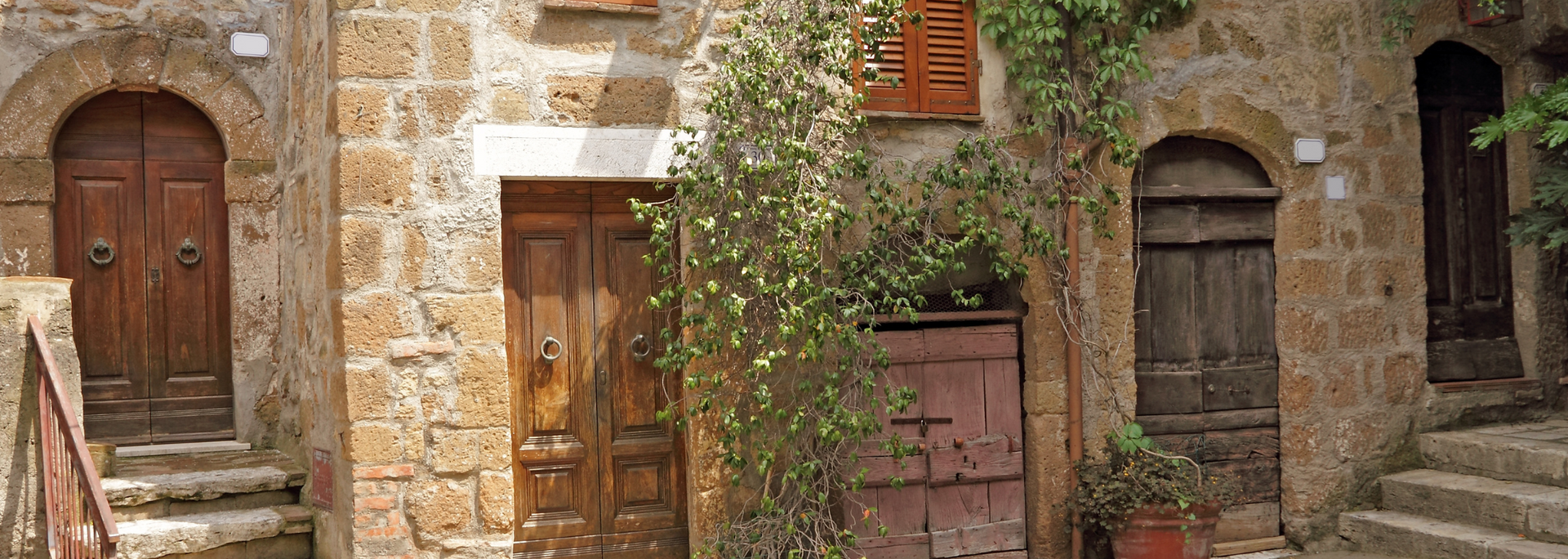
France, meanwhile, put religion first and created some of the most beautiful cathedral doors ever known. These doors often sported Gothic details, as well as coats of arms and royal motifs. They were usually made out of cedarwood – and the grandest of them featured high canopies.
Soon after this, French doors began to be decorated with figures, landscapes and fine borders.
England's oldest door
Dating back to 1050, the oldest door in England is at Westminster Abbey.
In 17th century England, it was common for doors to be raised with bolection mouldings – and people were not shy about displaying intricate carvings on their doors. In the 18th century, meanwhile, it was fashionable to have egg-and-dart decorations on your doors.
The world's biggest doors
The largest doors in the world can be found in NASA's Vehicle Assembly Building (VAB) at the Kennedy Space Centre. There are four of them in total, each a humongous 139 metres (456 feet) tall.
Why are they so tall? Well, the VAB was originally built to assemble Saturn vehicles for the Apollo missions. If you're building a rocket, you need a pretty big door.
Calder is a trusted window and door supplier based in Normanton, West Yorkshire. If you live in the area and need a new door, window or conservatory, don't hesitate to get in touch for expert advice and a quick, competitive quote.
Get a FREE quote
Are you on the lookout for uPVC window fitters in Wakefield or West Yorkshire? With over 30 years' experience and an extensive range of uPVC windows, we can help. Request a quote today or apply for finance and spread the cost.


